0 Comments
The Iron Ring is a ring worn by many Canadian-trained engineers, as a symbol and reminder of the obligations and ethics associated with their profession. From a concept originated in 1922, the ring is presented to graduates in a closed ceremony known as The Ritual of the Calling of an Engineer, developed with the assistance of English poet Rudyard Kipling. The ring symbolizes the pride which engineers have in their profession, while simultaneously reminding them of their humility. The ring serves as a reminder to the engineer and others of the engineer’s obligation to live by a high standard of professional conduct. It is not a symbol of qualification as an engineer – this is determined by the provincial and territorial licensing bodies.
All OTDRs regardless of brand have four basic setup requirement i.e. the OTDR user is required to key in these four basic data parameters into OTDR in order to get good and accurate fiber trace analysis. The required data parameters are :- Index of Refraction The relationship between distance and velocity or speed is as shown below - You can review previous article on Index of Refraction HERE or HERE As previously mentioned index of refraction measures the speed of light in optical medium. It is a function of velocity of light in vacuum and velocity of light in the opticel fiber medium or simply stated as below - Velocity of light in fiber optics can be further expressed in terms of velocity of light in vacuum and index of refraction. This is done by rearranging the index of refraction equation as stated above. Knowing that C or velocity of light in vacuum is a constant value Then the distance of fiber optics as measured by OTDR can be simplied as shown below The index of refraction, n, is a known value which can be obtained from the fiber optics manufacturer. While t , OTDR pulse width and its backscatter light travelling time , can be measured by OTDR automatically ie. the initial time laser pulse width launched into fiber optics and time taken by backscattered light returned back into OTDR. Therefore, the measured of fiber optics distance is a function of index of refraction. As value of IOR increases the measured fiber optic distance or length is getting shorter. As value of IOR decreases the measured fiber optic distance or length is getting longer. If the OTDR index of refraction does not match to that of fiber optics under testing IOR then the OTDR distance traces might show the incorrect results. If the fiber optics under testing IOR is not known, then the end-user can use the OTDR default IOR setting. Typical fiber optics IOR value is between 1.4000 to 1.6000 What is fiber optics splicing ? Fiber Optics splicing is the process of jointing or holding two fibers together There are two methods of fiber optics splicing namely :- a. Fiber Optics Mechanical Splicing b. Fiber Optics Fusion Splicing What Is Fiber Optics Mechanical Splicing? In a mechanical splicing, two cleaved fiber tips are mechanically aligned to each other by using a precise housing alignment. An index matching gel is preinstalled between both end cleaved fiber tips to minimize back reflection and to maintain a low-loss optical interface. It is similar function to the fusion splicing except that the fibers are held together by mechanical means rather than by permanent fusion or welding technique. The mechanical splice performance depends on a. cleaving performance b. mechanical splice housing alignment design c. end-user skills and patience The Fiber Optics Mechanical Splicing Concept Basically the mechanical splice process involves five steps:- a. fiber optics stripping b. fiber optics cleaning to remove excess of plastic buffer c. cleaving the fiber optics ends d. inserting the fibers into the mechanical splice housing. This mechanical splice housing retains the fibers so their ends are in contact. Advantages of Mechanical Fiber Optics Splices
Disadvantages of Mechanical Fiber Optics Splices
Types of Mechanical Splices Samples of Mechanical Splices
|
AuthorI have been in the field of fiber optics since early 1990s. I gained fiber optics skills and knowledge via my working experience as end-user, main contractor and sub-contractor and finally as an optical fiber enterpreneur. Archives
January 2017
Categories
All
|
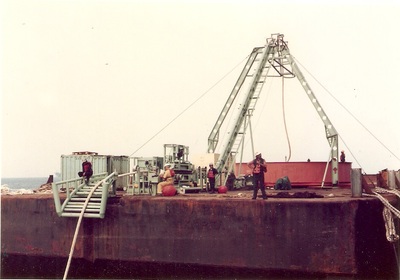
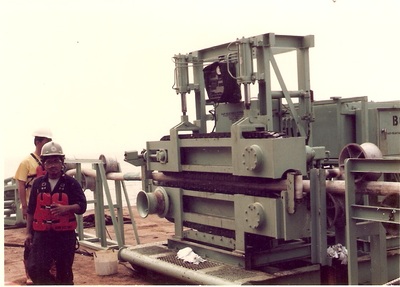
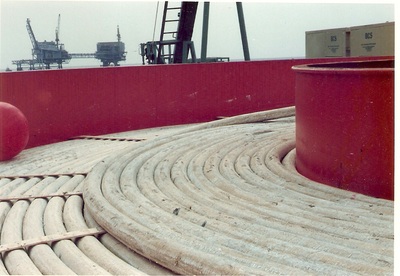

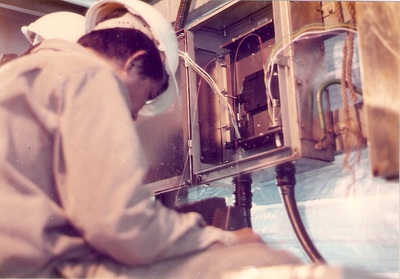
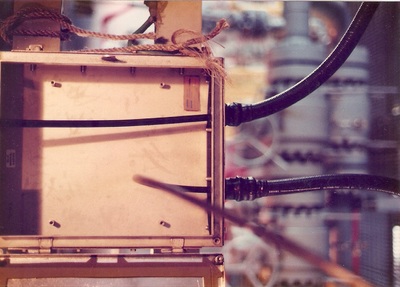
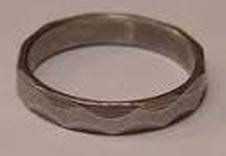







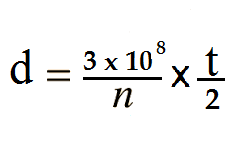
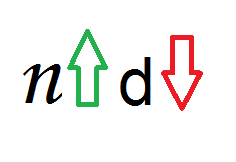
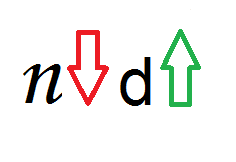


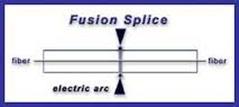
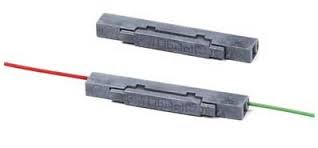

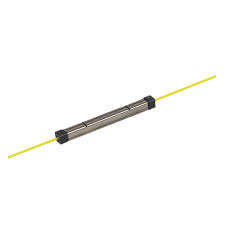
 RSS Feed
RSS Feed